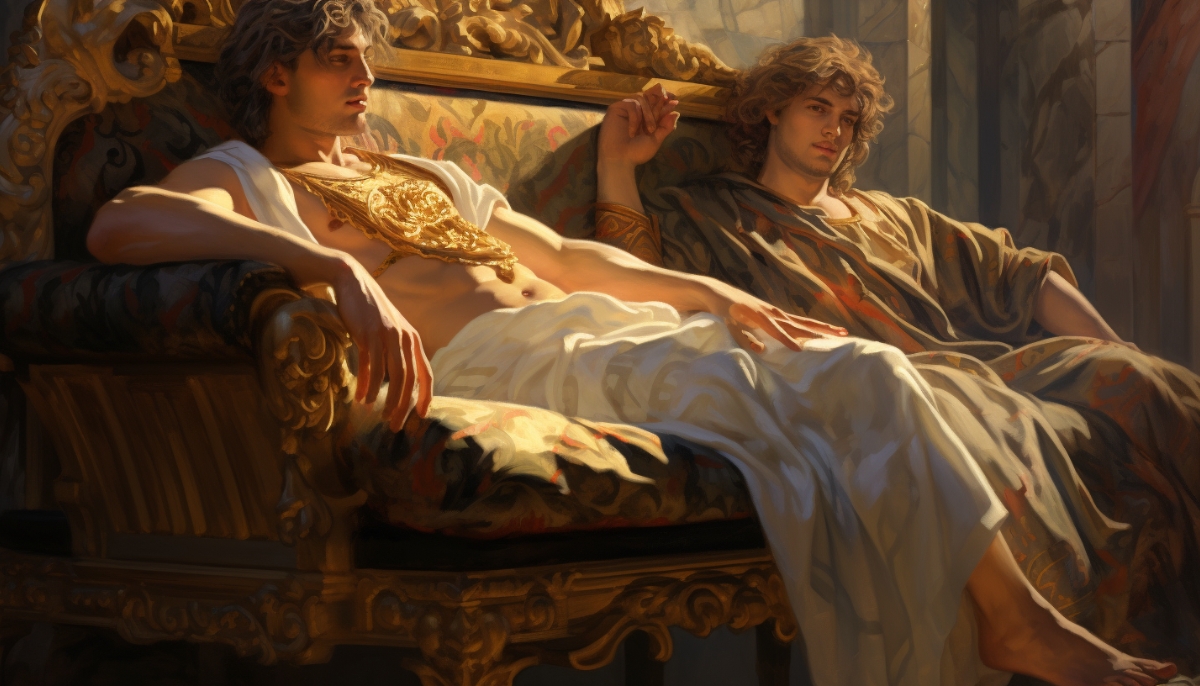Alexander the Great wasn’t just a military genius who changed the course of history. He also had a fascinating love life that’s had people talking for centuries. With three wives and rumored same-sex affairs, he’s as enigmatic in love as he was on the battlefield.
Scholars and history buffs can’t get enough of debating Alexander’s romantic entanglements. We dive into historical records and differing viewpoints to uncover the real Alexander beyond his world-changing campaigns.
Get ready to explore the lesser-known side of this iconic leader and unravel the mysteries of his personal life.
The wives of Alexander the Great
Despite his rumored romantic relationships with both men and women, Alexander the Great was officially married to three women throughout his life.
Roxana of Bactria (327 BC)
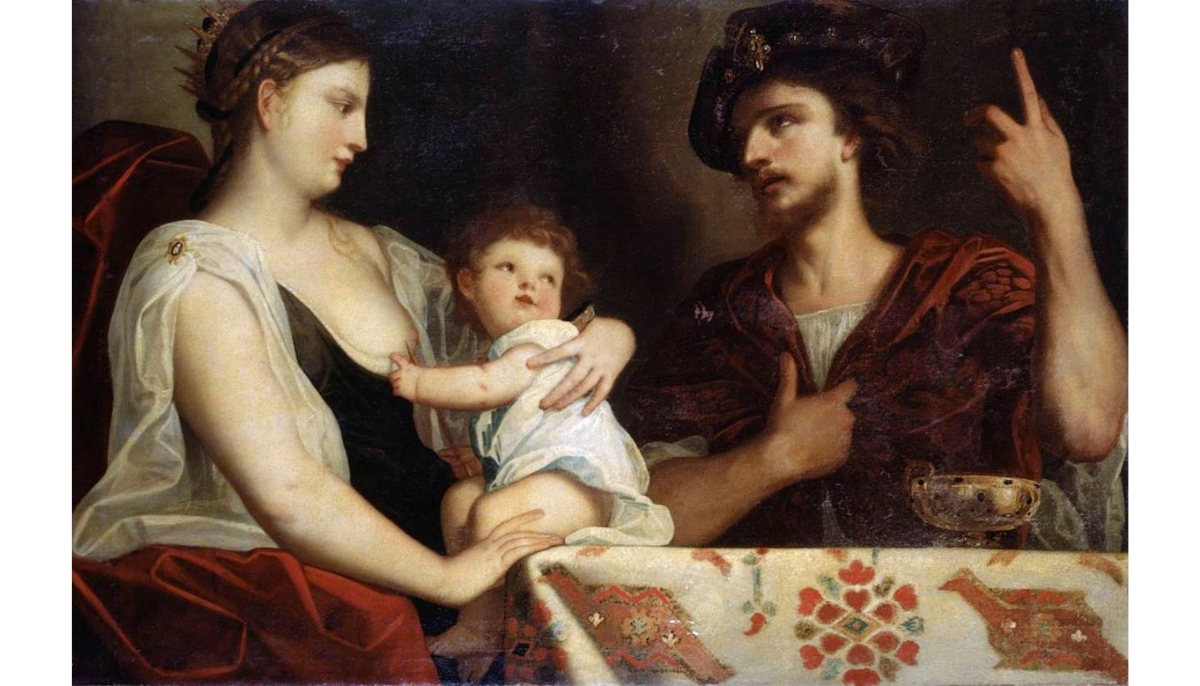
Alexander’s marriage to Roxana wasn’t just a romantic tale; it had real political stakes. Meeting Roxana in 327 BC during his Bactrian campaign, Alexander was smitten. Despite advisors cautioning against it, he went ahead with the wedding.
The concern? Marrying a local princess could tie him too closely to Bactria, potentially complicating governance. Alexander, however, was undeterred.
Their wedding was a lavish affair, but the relationship had its challenges. Roxana had to navigate a foreign culture and jealousy from Alexander’s other partners. Despite this, they had a son, Alexander IV.
Alexander’s early death brought an end to their union. Roxana’s life took a dark turn afterward, as she was ultimately killed by Cassander, one of Alexander’s successors, eliminating her as a political threat.
Stateira and Parysatis, Alexander’s Persian Brides (324 BC)
Alexander’s Susa weddings in 324 BC were a political masterstroke. Alexander aimed to legitimize his rule over Persia by marrying Stateira and Parysatis, both captured from the Persian harem.
Stateira, daughter of Darius, and Parysatis, daughter of Artaxerxes III, became Alexander’s wives in a strategic bid to solidify his grip on Persia.
But Alexander had grander visions. He aimed to fuse Persian and Greek cultures symbolically through these unions.
Not stopping at his marriage, Alexander orchestrated a mass wedding featuring Persian ceremonies for his officers and noble Persian brides. These alliances were designed to produce a new generation embodying Persian and Greek legacies.
Alexander broke from the norm by respecting his wives’ Persian customs. He allowed them their court and even adopted some Persian traditions himself. This starkly contrasted with earlier Greek conquerors who usually imposed their culture on defeated regions.
But these marriages weren’t universally popular. Alexander’s Greek followers saw his Persian assimilation as a betrayal. Plus, jealousy brewed among his soldiers, envious of the luxuries granted to the Persian wives.
Alexander’s Susa marriages blended political savvy and cultural tension, making them another compelling aspect of his complex legacy.
Rivalry with Roxana
After Alexander’s death, his empire became a battleground for his generals, pulling his family into the fray. Roxana, mother to Alexander IV, allied with General Perdiccas to eliminate her competition, notably Stateira.
Historian Plutarch alleges that Roxana and Perdiccas plotted to kill Stateira and her sister Drypetis, though the exact details are murky. The motive? Secure Roxana’s status and her son’s inheritance.
Some historians question Plutarch’s account, suggesting Parysatis may have died alongside Stateira instead of Drypetis. What’s certain is Roxana’s pivotal role in these deadly schemes.
The post-Alexander period reveals the chaotic power shifts common in ancient times. Roxana’s actions, while aimed at self-preservation and securing her son’s future, also spotlight the extreme measures women took to navigate a male-dominated landscape.
Was Alexander the Great Gay?
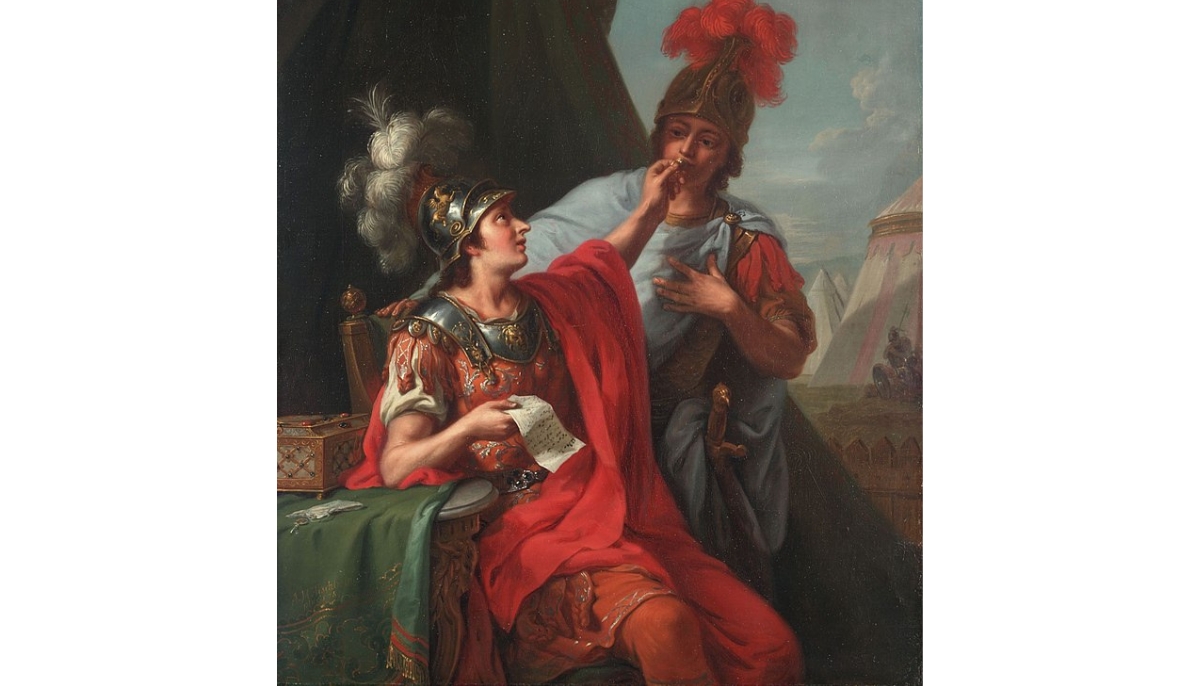
Alexander the Great’s romantic life wasn’t limited to his marriages; he’s also believed to have had homosexual relationships.
While concrete evidence is sparse, various ancient sources point to romantic and sexual involvement with men.
Homosexuality in ancient Greece
Homosexuality in ancient Greece was accepted and considered a natural facet of male sexuality. Unlike today’s understanding of sexual orientation, it was seen as one of many expressions of desire, often depicted in art and literature.
The ancient Greeks didn’t view same-sex relationships as a lifelong orientation. Many believed men would “outgrow” these relationships, eventually settling into heterosexual marriages.
Still, these relationships were integral to the social and cultural dynamics of the time and remain a subject of scholarly interest today.
Hephaestion and Alexander the Great
Alexander’s relationship with Hephaestion stands out as one of his most significant. From childhood friends to confidants in adulthood, their bond was both profound and lasting. Their relationship evolved, with indications it became romantic and sexual.
Hephaestion was more than just a friend; he was a key advisor and second-in-command in Alexander’s military campaigns. His death in 324 BC shattered Alexander, who mourned intensely and even orchestrated grand memorial events, including the planned city of Hephaestia.
Alexander the Great and Hephaestion shared a profound and intimate relationship that is widely recognized as a significant same-sex partnership. Their deep emotional connection is a historical testament to the existence and acceptance of homosexual relationships in ancient times.
Bagoas, the eunuch
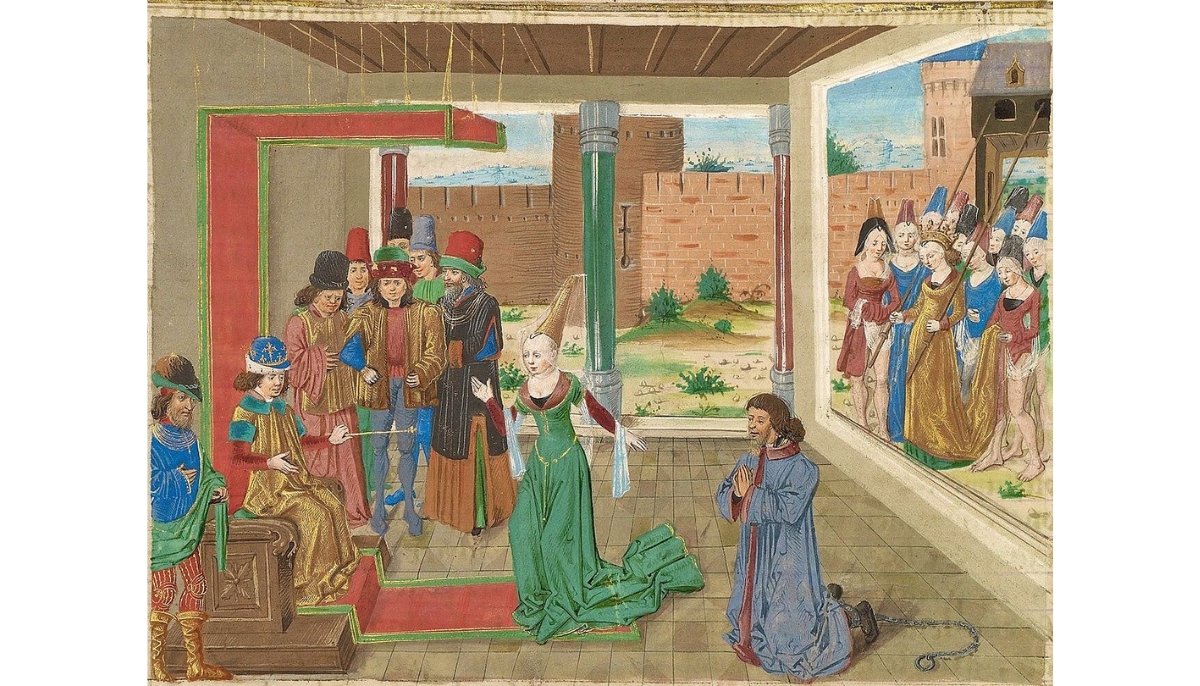
Alexander’s connection with Bagoas is a subject of debate. Bagoas, a eunuch likely of Persian origin, was gifted to Alexander by the vanquished King Darius III. Accounts differ on the nature of their relationship: some say it was sexual, while others argue it was more utilitarian.
Historical accounts highlight moments like Alexander performing a Persian dance with Bagoas, dressed in Persian attire. Some even speculate they may have married, although this is contested.
What’s clear is Bagoas’s significant impact on Alexander. A skilled diplomat and advisor, he joined Alexander on campaigns and likely influenced his understanding of Persian culture.
More of Alexander the Great’s lovers
Beyond his more documented relationships, Alexander the Great was rumored to have other romantic involvements, adding layers to his complex love life.
Campaspe
One such person was Campaspe, a notable citizen of Larissa in Thessaly. According to ancient reports, Alexander was captivated by Campaspe’s beauty and intellect.
The specifics of their relationship are unclear, but they likely met when Alexander was young. Some suggest that Campaspe was his first lover, laying the groundwork for his future relationships.
Although details are scant, these lesser-known relationships offer additional insight into Alexander’s multifaceted romantic life.
The Amazon queen Thalestris
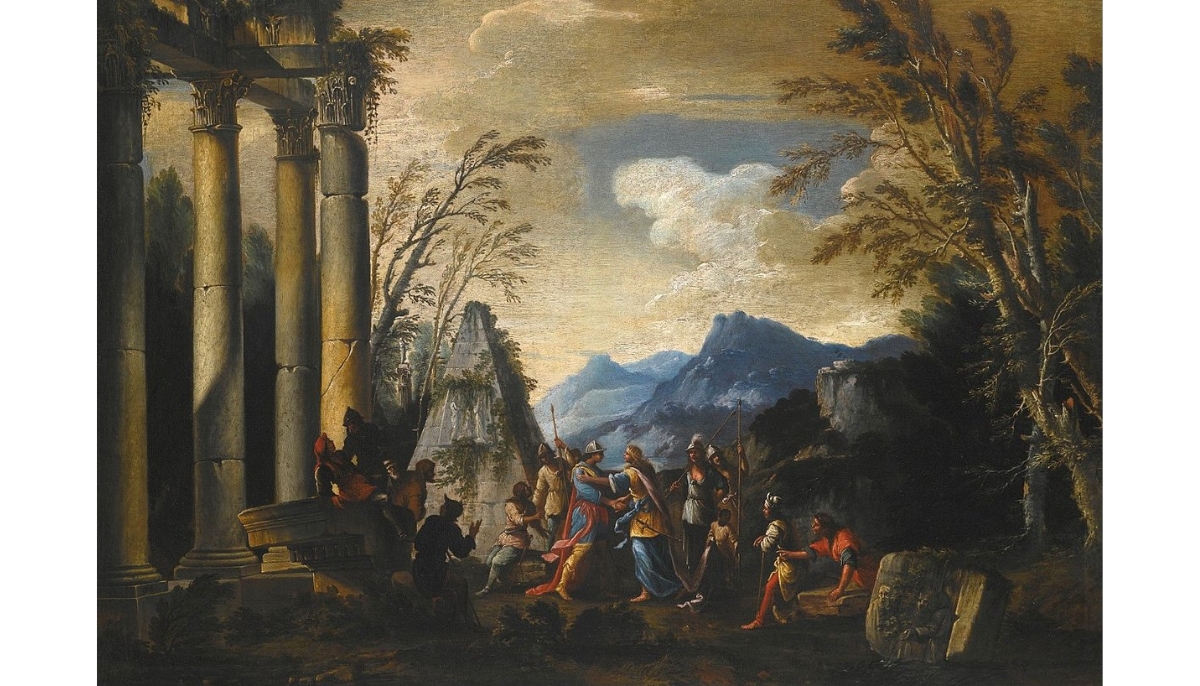
The story of Alexander’s encounter with Amazon Queen Thalestris gets its details primarily from the mythological Greek Alexander Romance.
According to this account, Thalestris brought 300 Amazon warriors to Alexander, aiming to breed children who would inherit Alexander’s strength and intelligence.
The legend specifies that she stayed with him for 13 days and nights, hoping he would father a daughter with her.
Is the story of Alexander and the Amazon Queen true?
However, several of Alexander’s biographers, including the esteemed historian Plutarch, contested this account. He refers to a range of authors who doubted the story’s veracity.
Further casting doubt on the story, Plutarch recounts an anecdote involving Alexander’s secondary naval commander, Onesicritus. When reading his account of the Amazon meeting with King Lysimachus of Thrace, who had been part of Alexander’s original expedition, Lysimachus humorously queried, “And where was I, then?”
This story aligns with ancient Greece’s fascination with the Amazons, warrior women who have captured imaginations through art, literature, and scholarly works for generations.
From his marriages to his suspected same-sex relationships, Alexander’s romantic life has always been a subject of intrigue. His passionate nature and grand ambitions reflect a man who lived and loved intensely.
Although the details of his relationships are mainly speculative, the stories surrounding them continue to captivate people today, illustrating the timeless themes of love and desire.
Ultimately, Alexander’s humanity and vulnerabilities make him a compelling figure, resonating with audiences even centuries after his death.
